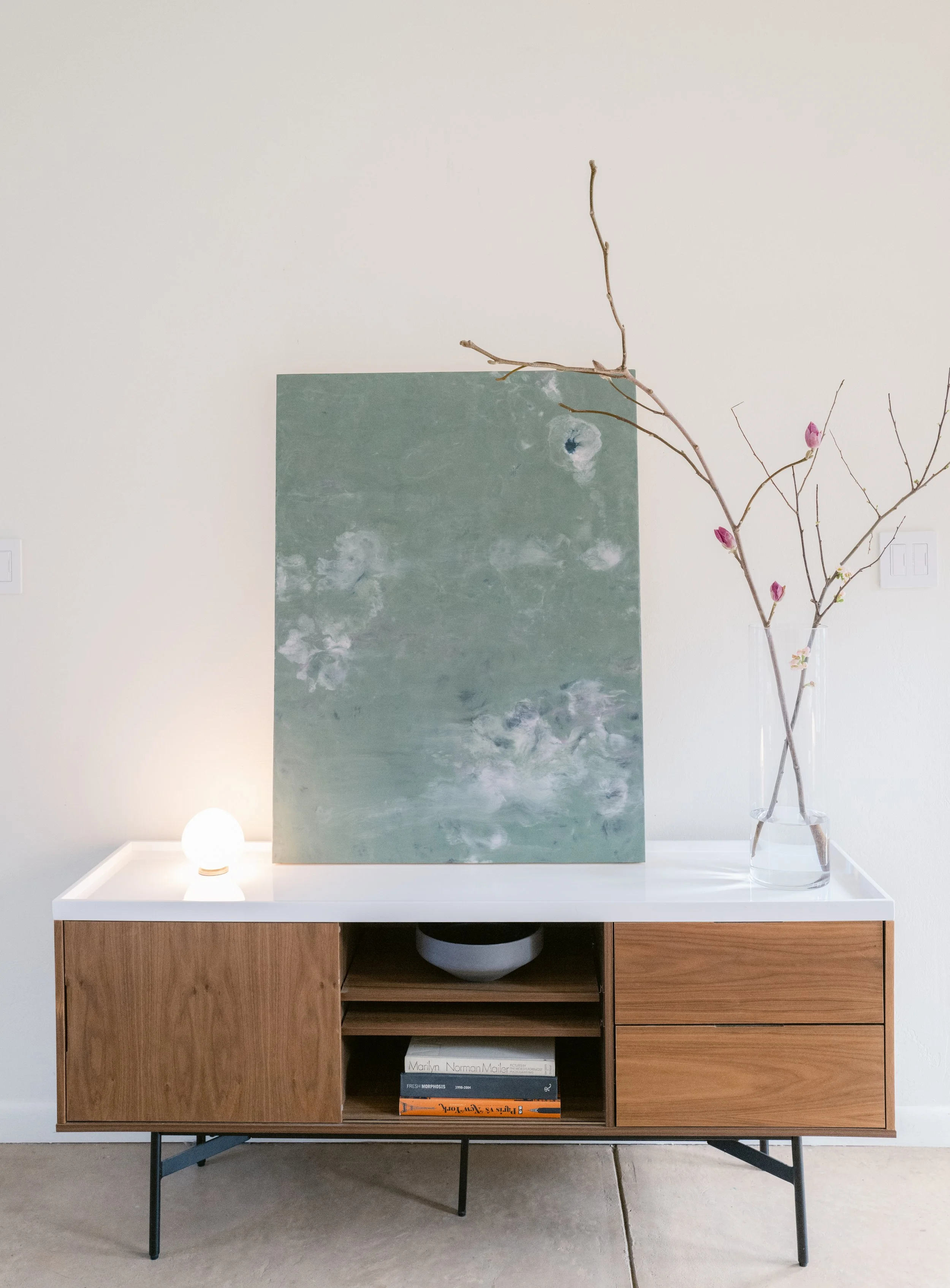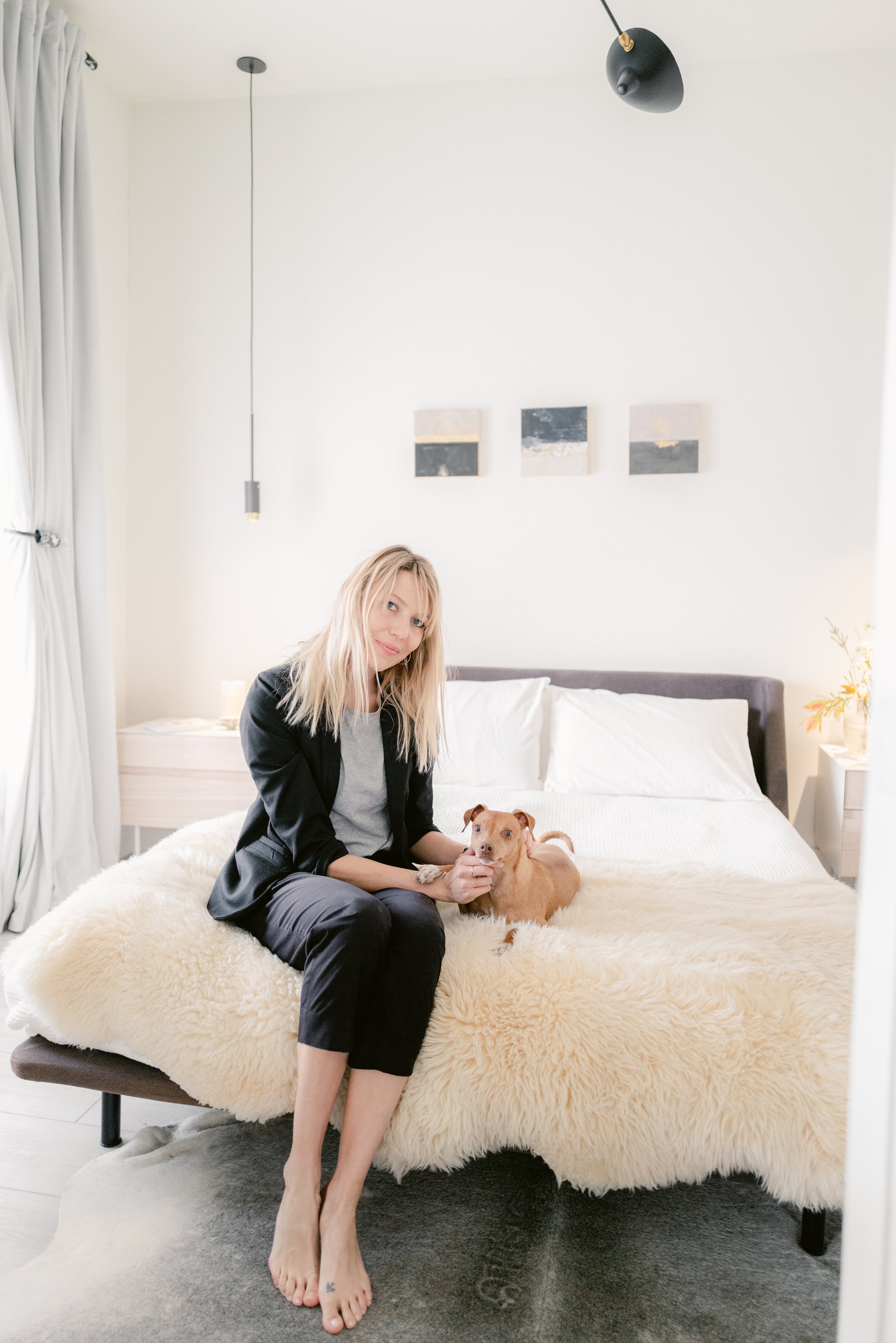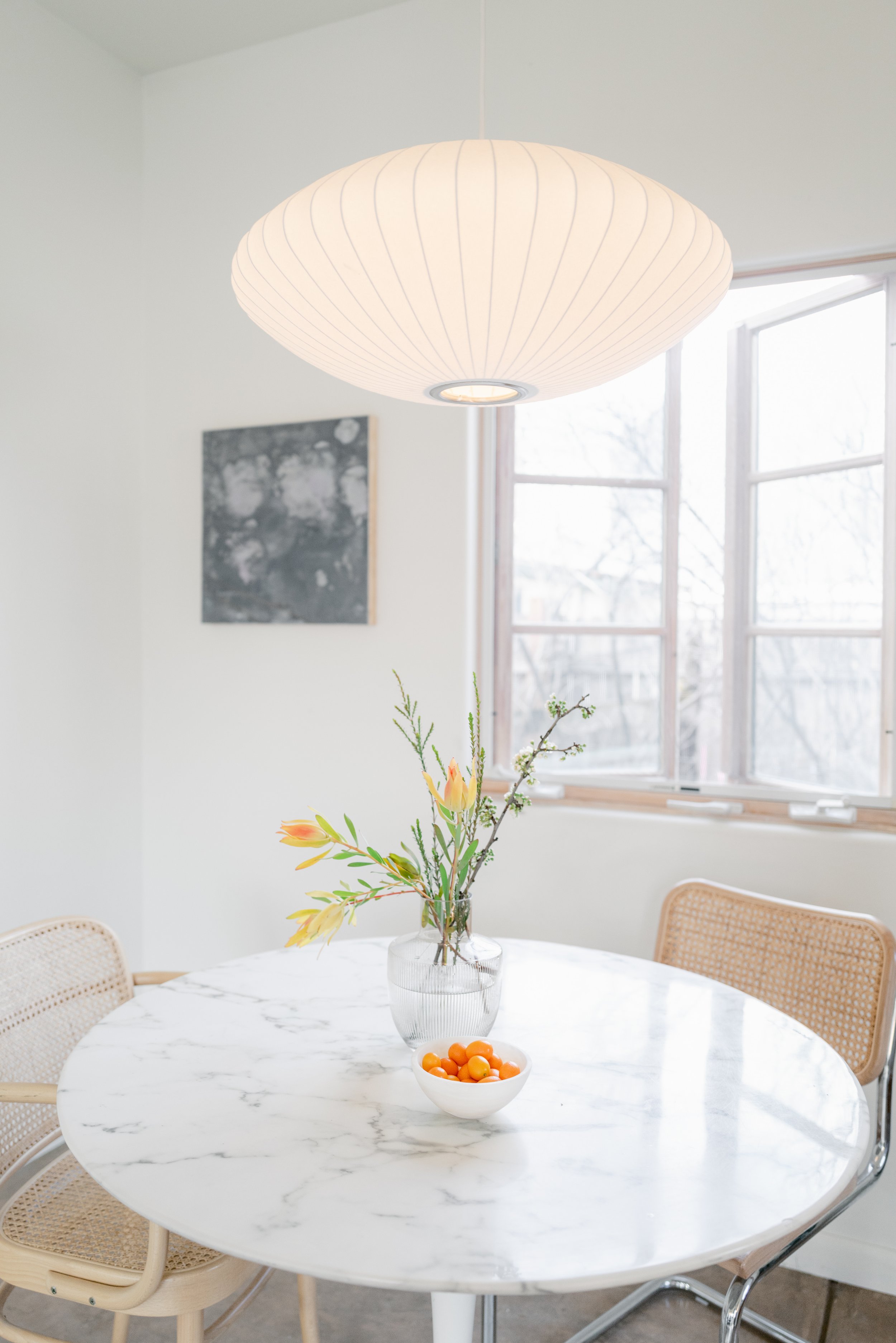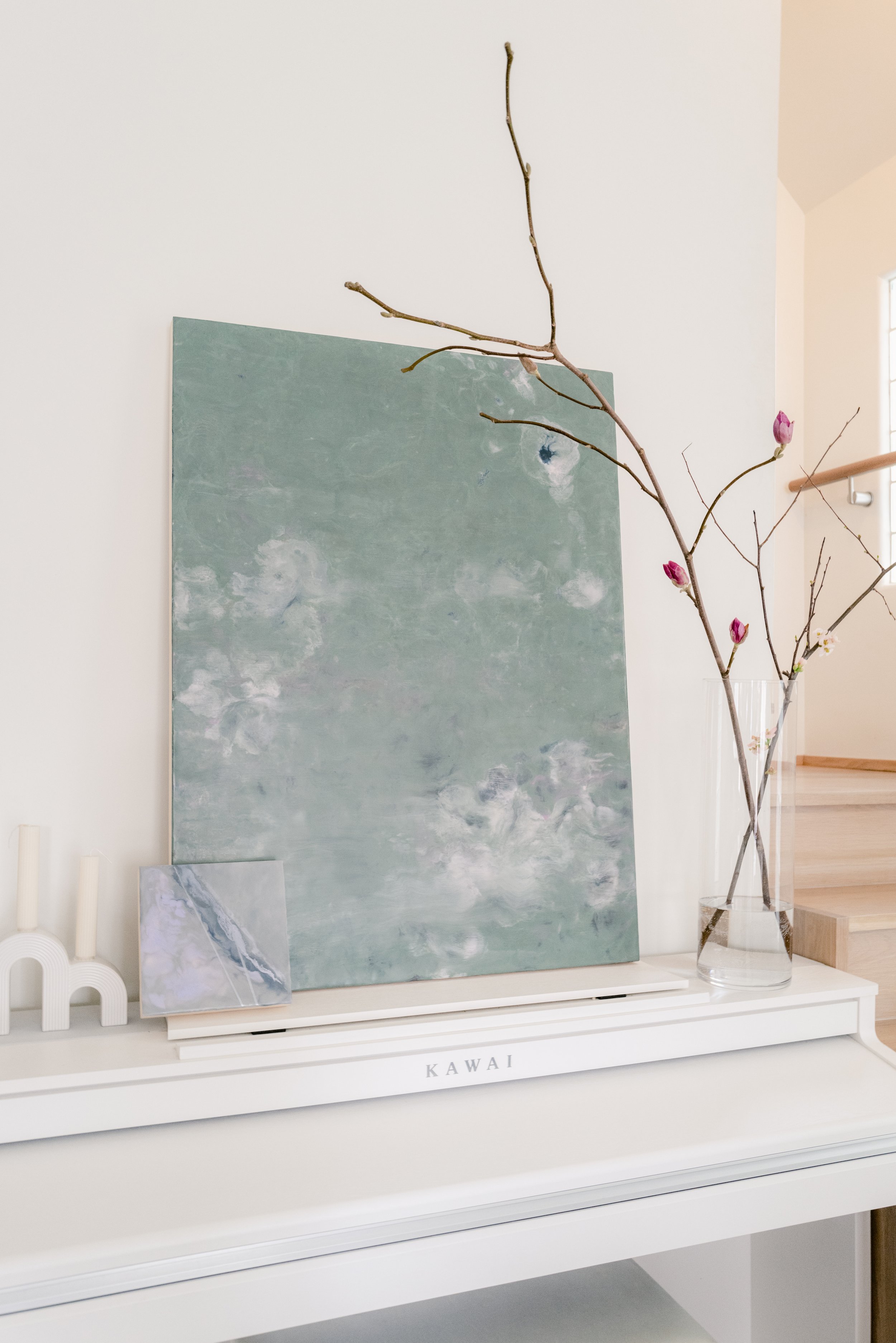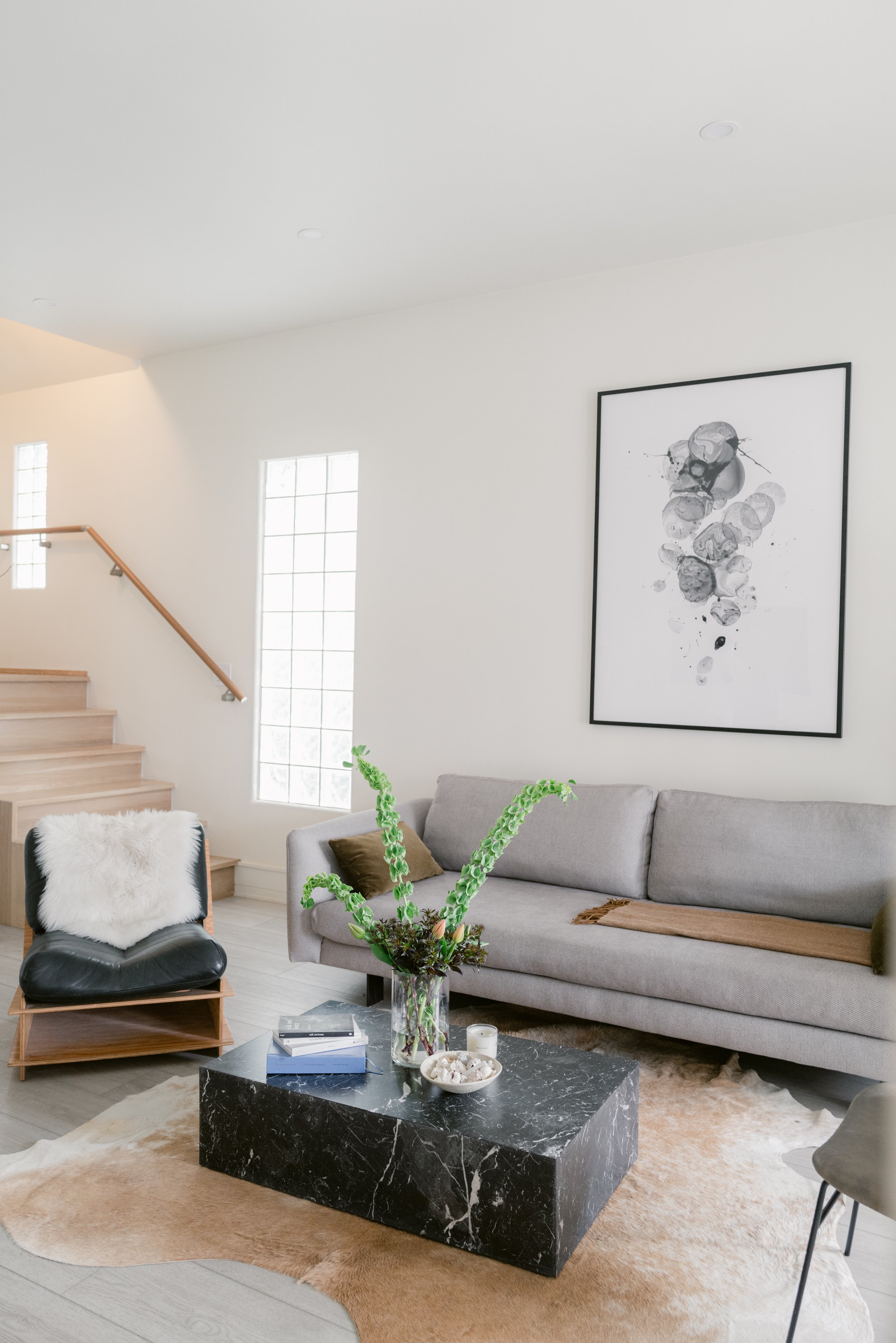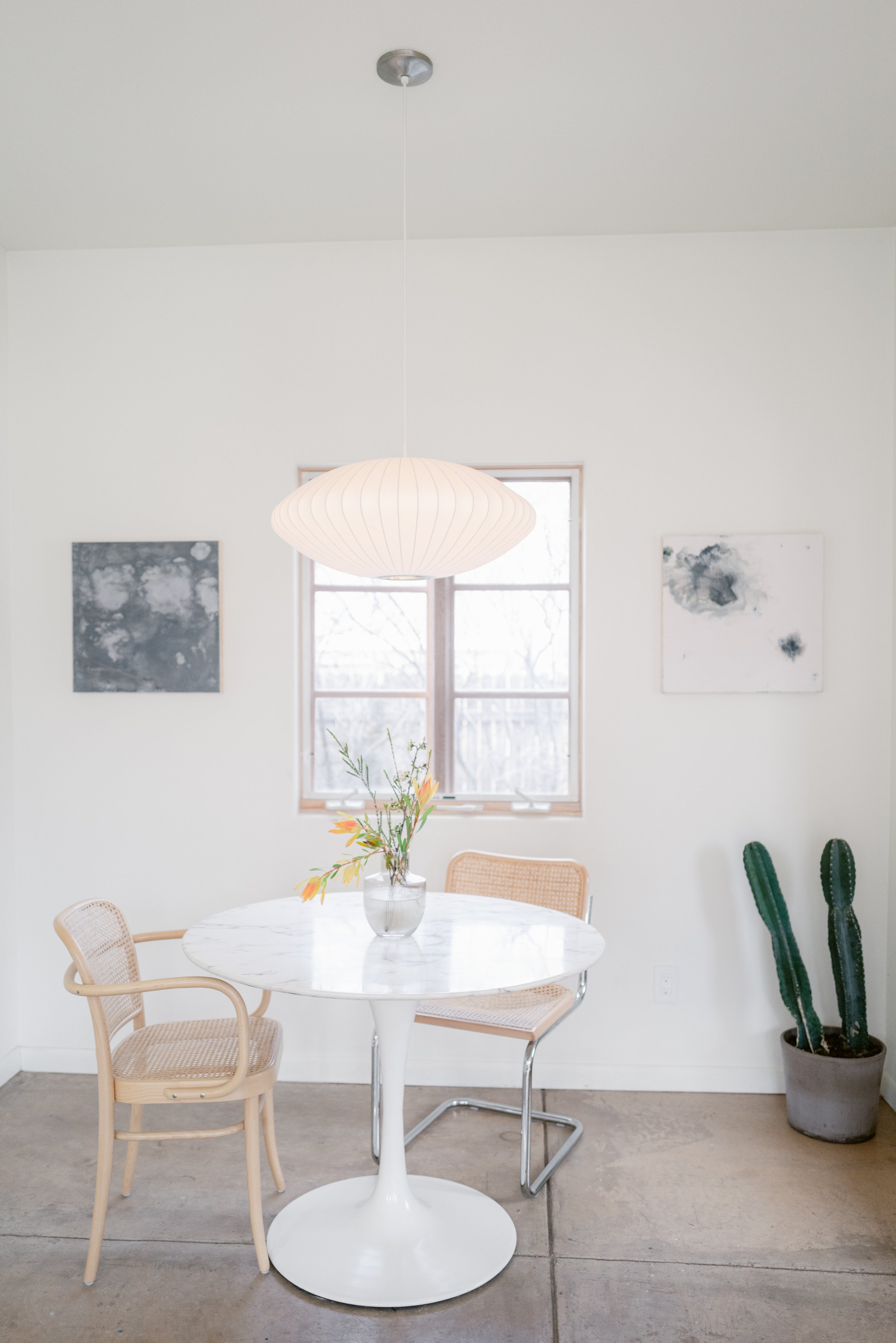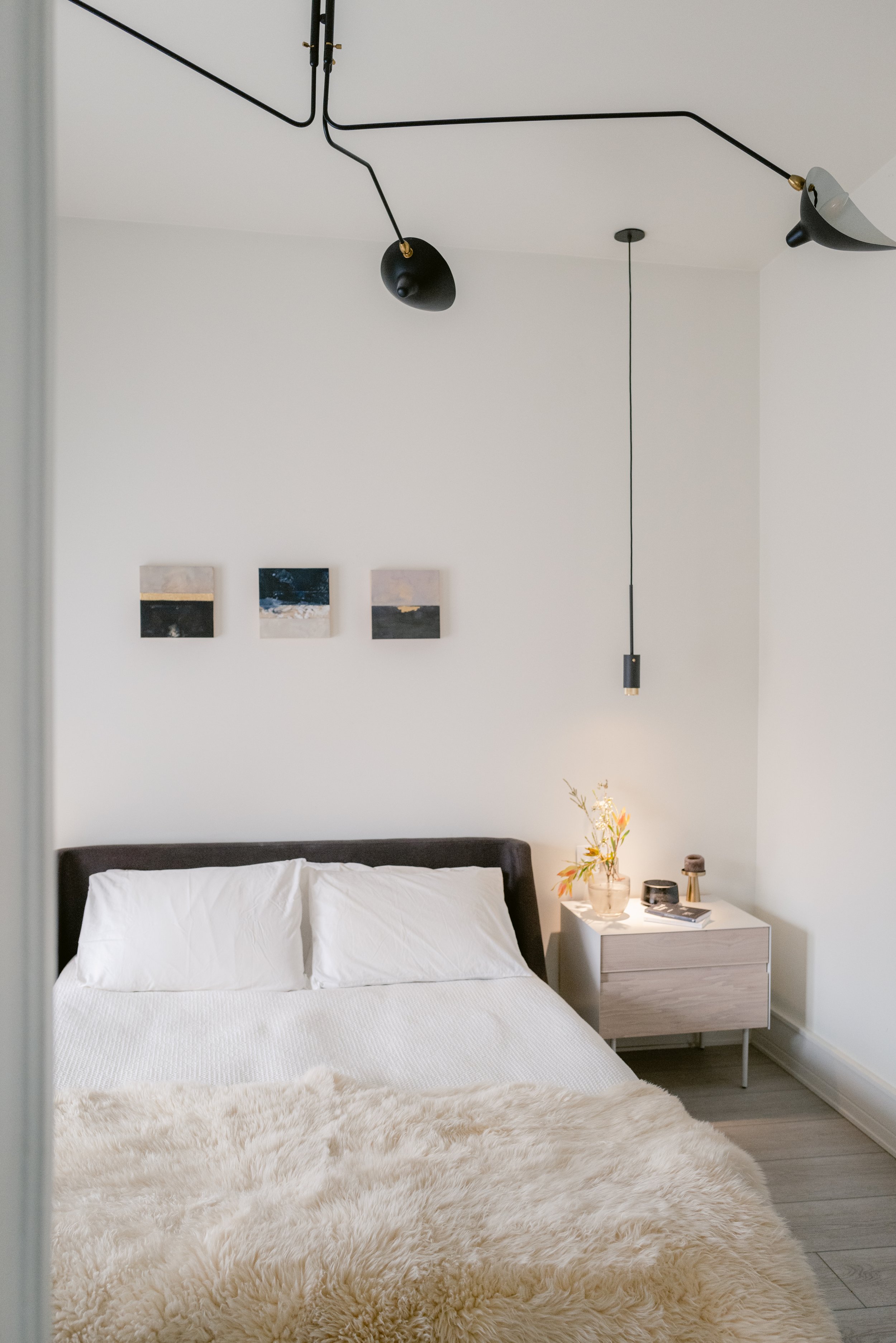Holiday Decorating with Natural Materials
Holiday Decorating with Nature
Deck the Halls Naturally: Holiday Decorating with Natural Garland, Dried Oranges & Cranberries
The holiday season is here, and it’s time to bring warmth and cheer to our homes. If you're looking to decorate in a way that's both timeless and eco-friendly, natural garlands, dried oranges, and strung cranberries are perfect choices. These natural elements evoke nostalgia, smell incredible, and add a handmade touch to your decor.
In a world of plastic ornaments and synthetic materials, natural decorations stand out for their sustainability and charm. Not only are they biodegradable, but they also bring the outdoors inside, filling your home with the cozy essence of the season. Plus, crafting with natural materials is a fun activity for all ages, making holiday prep an enjoyable family tradition.
Here's how to create stunning decorations with these simple yet elegant materials.
Crafting a Natural Garland
Natural garlands are the backbone of holiday decor. Here's how to make your own:
Materials Needed:
Fresh greenery (pine, cedar, eucalyptus, or a mix)
Floral wire or twine
Scissors or garden shears
Instructions:
Gather your greenery, trimming it into manageable sections.
Lay the pieces on a flat surface, overlapping the stems slightly.
Secure each piece with floral wire as you work, building the garland to your desired length.
For an extra festive touch, weave in dried orange slices, cinnamon sticks, or pinecones.
Tip: Keep your garland fresh by misting it with water every couple of days and avoiding direct sunlight.
Making natural dried orange slice garlands
Dried orange slices are a holiday favorite, bringing a pop of color and a subtle citrus aroma. Here’s how to make them:
What You’ll Need:
Fresh oranges
Sharp knife
Baking sheet
Parchment paper
Steps:
Preheat your oven to 200°F (93°C).
Slice oranges into ¼-inch thick rounds.
Arrange slices on a parchment-lined baking sheet.
Bake for 2-3 hours, flipping occasionally, until dry but not burnt.
After the slices cool, string with twine and a large darning needle or poke holes with small scissors.
Use these slices as ornaments, garland embellishments, or even as gift toppers.
Making cranberry garlands
Cranberry garlands are such a fun, festive tradition and the ruby red berries look so beautiful amidst all the green pine boughs and other Christmas decorations. This can be a super fun seasonal holiday tradition if you have kids too. It’s so easy, and the result is magical.
Materials:
Dark-colored string / baking string
Tapestry needle
Fresh cranberries (can be found in most grocery stores)
Fiskars scissors
Steps
First, measure how long you would like your garland to be. Cut a piece of string to that length, plus a few inches.
Now take your string and thread it through your needle.
Next, dump your bag of cranberries into a bowl for easy access.
Now you can start threading the cranberries onto your string! Simply poke the needle through the middle of the cranberry and slide it all the way down. Tie a knot at the end so the berries don’t slide off the end
Keep sliding cranberries along the string until it’s full.
Remove the needle and tie a knot at the other end of the string. Clip the excess string.
This cranberry garland is such a versatile and beautiful Christmas decoration. You can use it to decorate your Christmas tree, string it along your mantlepiece, hang it along a wall, drape it around a window, and so much more. I love the little pop of color it can add to a room, too! The best part is, cranberries (as we mentioned before) have a great shelf life. They dry out after a while, but still look pretty that way. And after you’re done with them, they’re biodegradable, too!
Art Curation Tips
Simple tips for becoming a curator and collector of art
The importance of original art, where to source and tips on how to become a curator and collector
The Importance of Art
Art has always been a universal language - transcending time, continents and other socio-cultural and socio-economic concepts. Like how food brings people together at a table, art can ignite and inspire conversation, an exploration of emotion and define space. Having a one of a kind piece, especially if commissioned, can make for an interesting talking point and adds to the overall environment.
“Creativity takes courage. It is not enough to place colors, however beautiful, one beside the other; colors must also react on one another.”
Art is a broad term - art is everything in my book, not just paintings and sculptures, but found in the details, perspective and how one lives. Anyone can live artfully no matter how much you spend on your collection - there are objects of all sorts that possess an artistic potential for personal expression.
As one of our designer icons Kelly Wearstler puts it, mixing interesting art and objects in a space creates - “a tension of opposites, the juxtaposition of seemingly dichotomous things. Always something old with something new, raw and refined, masculine and feminine, classic and contemporary. These combinations are sexy and unexpected.”
Employing art in a space can be seen as the secret ingredient. It is the last accent, addition to a design palette or vignette that can all of sudden elevate it and bring it all together. In our process, art is the ingredient that really allows the space to speak for itself - emotionally, palette-wise, and conceptually. Artful expression / art curation is what helps an individual to really express the emotions that bring them joy or make them feel connected, grounded, alive or simply remember a time and place or some of the best feelings through what it can help channel, invoke and spark.
Approaching Art Curation
Where does one start - anywhere that calls! What type or medium of art calls to you? Maybe it all begins with a framed print and then you build on the feeling, the color palette to begin to achieve a vibe you are after. You can also begin by asking yourself some exploratory questions about the style you want to create within your space. You can start fresh with your own narrative on what type of energy, feeling and overall style you want to reflect in your spaces. Or you can think about where you’ve traveled or visited that you’ve loved or felt a deep connection to - what were the elements in those spaces that made you feel that way… what were the collected objects, art, textiles or materials?
I try to make a point to shop at vintage flea markets, galleries and boutiques whenever I am traveling because there are such different distinctive cultural styles in other cities and regions. I also like to make specific shopping trips to regional hubs like Santa Fe, Denver and some special spots in California on annual trips like Palm Springs, Santa Barbara, LA and Ojai. Bringing something home from these various places and trips are always a fun addition. And because I am such a coastal / beach person living in the mountains, I add to my collection of seashells and stones. I add these elements to nooks and even planters of my fig trees and exotic plants - I think the plants also like all the maritime nutrients as well on top of it looking cool.
Design Tips for Curating Style and the Look of Your Home:
Create an inviting and interesting entry area - feature artwork upon entry, functional and interesting bench area, mirrors are also a good feature as well.
Turn a hallway or stairwell into a gallery with a collection of family heirlooms or interesting found objects and art.
Allocating wall space for hanging art - large format or a collection of smaller pieces together? I love triptychs myself where you can hang a trio together. However, one large painting, photo or a print can be a dramatic touch for an entry point, stairwell or living space.
Shelving - bookshelves, mantels, deep window sills, credenzas are all places to consider when evaluating your space. You will want to look at it like a full picture where you are evenly weighting placement through the space - or inversely, focusing your collectibles to one area on display like a wall shelving unit if your goal is to keep the rest of the space minimal, clean and open.
Don’t forget the textiles - rugs, accent pillows, sheepskins and blanket throws are all easy elements to add some color and maybe a touch of style… whether it is more contemporary, bohemian, eclectic or ethnic worldly undertone. Area rugs always help anchor spaces and runner rugs add a touch of personality, especially to a kitchen or hallway.
Focal furniture pieces - pair of chair in the living space, handcrafted dinning table, an eclectic reading chair, dramatic accent lighting, etc.
Places to Source Collectibles for the Seasoned Hunter
Types of Artwork for Curating Spaces
Fine Art Photography
Paintings
Sculptures
Decorative furniture (handcrafted objects, heirloom collectibles)
Books (collectible coffee table editions)
Textiles (rugs, pillows, wall hangings)
Furniture
Lighting
Decorative accents (mirrors, woodcarvings)
Plants (planter vessels can be a beautiful addition)
Wall decor (mirrors, sculptural objects, poster art, etc)
Sculptural decor objects (figurines, shapes, vessels, folk art, etc)
Sources for Local Art in Southwest Colorado
Local Favorite Artists
Heidi Chowen (photography + encaustics)
Deborah Sussex (photography)
Jenn Rawling (printmaking / painting)
Susan Wise (painting)
Jeff Wise (sculpture)
Tony Holmquist (printmaking)
Andrea Martens (printmaking)
Joan Russell (painting)
Tim Kapustka (digital pop art)
Bradley Kachnowicz (painting)
Ella Bridge (painting)
George Schmidt (painting / sculpture)
Andrew Jagniecki (printmaking)
Tom Dixon (painting)
Becca Conrad Whitehead (painting)
Joe Schafer (painting)
Ted Moore (woodwork / sculpture)
Local / Regional Sources for the Eclectic Collectibles
The Raven (Santa Fe)
ReLove Consignment (Durango)
Mediterrania (Santa Fe)
The Consignment Warehouse (Santa Fe)
Seret & Sons (Santa Fe)
ReRuns Consignment (Durango)
Durango Antique Market (Durango)
Nomad (Durango)
Southwest Book Trader (Durango)
Dunn Deal (Durango)












